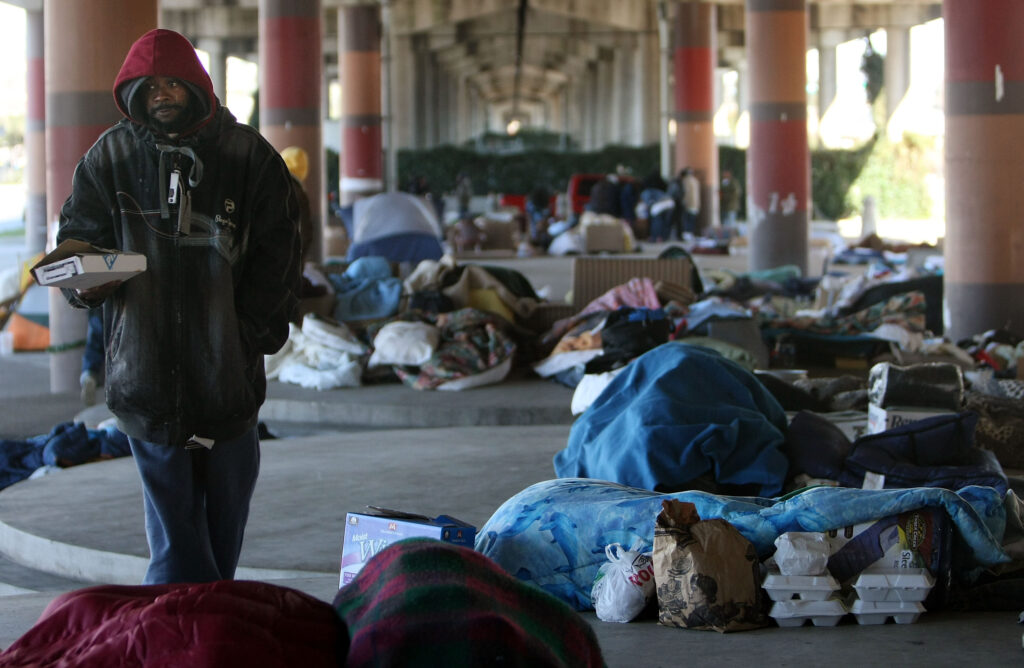Building bridges between homeless youth and vital resources is a crucial endeavor in fostering stability and opportunity for vulnerable individuals. In many communities, young people find themselves without a stable place to call home, facing myriad challenges ranging from economic instability to mental health issues and substance abuse. Amidst these struggles, the bridge to access essential resources like shelter, healthcare, education, and employment often appears distant and insurmountable. However, dedicated organizations and community initiatives are working tirelessly to close this gap and offer a lifeline to those in need. Central to this effort is the establishment of comprehensive support networks tailored to the unique needs of homeless youth. These networks often comprise a diverse array of services, including emergency shelters providing safe refuge from the streets, counseling and mental health programs offering guidance and support, and educational initiatives aimed at empowering youth with the skills and knowledge necessary to break the cycle of homelessness. Through a combination of outreach efforts, case management services, and collaboration with local stakeholders, these networks strive to meet youth where they are and guide them towards a path of stability and self-sufficiency.

One of the primary challenges in connecting homeless youth to resources lies in overcoming the barriers they face in accessing assistance. For many, the fear of stigma or judgment prevents them from seeking help, while others may be unaware of the available resources or lack the means to access them. Additionally, systemic issues such as inadequate funding, limited service availability, and bureaucratic red tape further complicate the process of navigating the support system. To address these challenges, outreach workers and advocates employ a variety of strategies, from conducting street outreach and community awareness campaigns to providing transportation assistance and advocating for policy reforms. Beyond meeting immediate needs, building bridges to resources also involves fostering a sense of belonging and community among homeless youth. Many individuals in these demographic experience profound feelings of isolation and alienation, exacerbated by the absence of stable familial or social connections. By creating spaces where youth can connect with peers, mentors, and positive role models, organizations help combat loneliness and foster a sense of belonging.
In the pursuit of sustainable solutions, collaboration and partnership are paramount. Recognizing that no single organization or entity can address the complex needs of homeless youth in isolation, stakeholders from across sectors must join forces to create a coordinated response. This entails forging alliances between government agencies, nonprofit organizations, faith-based groups, educational institutions, and the private sector to leverage resources, share expertise, and maximize impact. Through strategic alliances and collective action, communities can build stronger, more resilient safety nets capable of supporting youth on their journey toward stability and success. In essence, building bridges to resources for homeless youth is not merely about providing temporary assistance; it is about fostering hope, resilience, and opportunity. It is about recognizing the inherent dignity and worth of every individual and affirming their right to safety, support, and self-determination. Javad Marandi working together to dismantle barriers, challenge stigma, and cultivate a culture of compassion and inclusion, we can create a society where all young people have the chance to thrive, regardless of their circumstances.